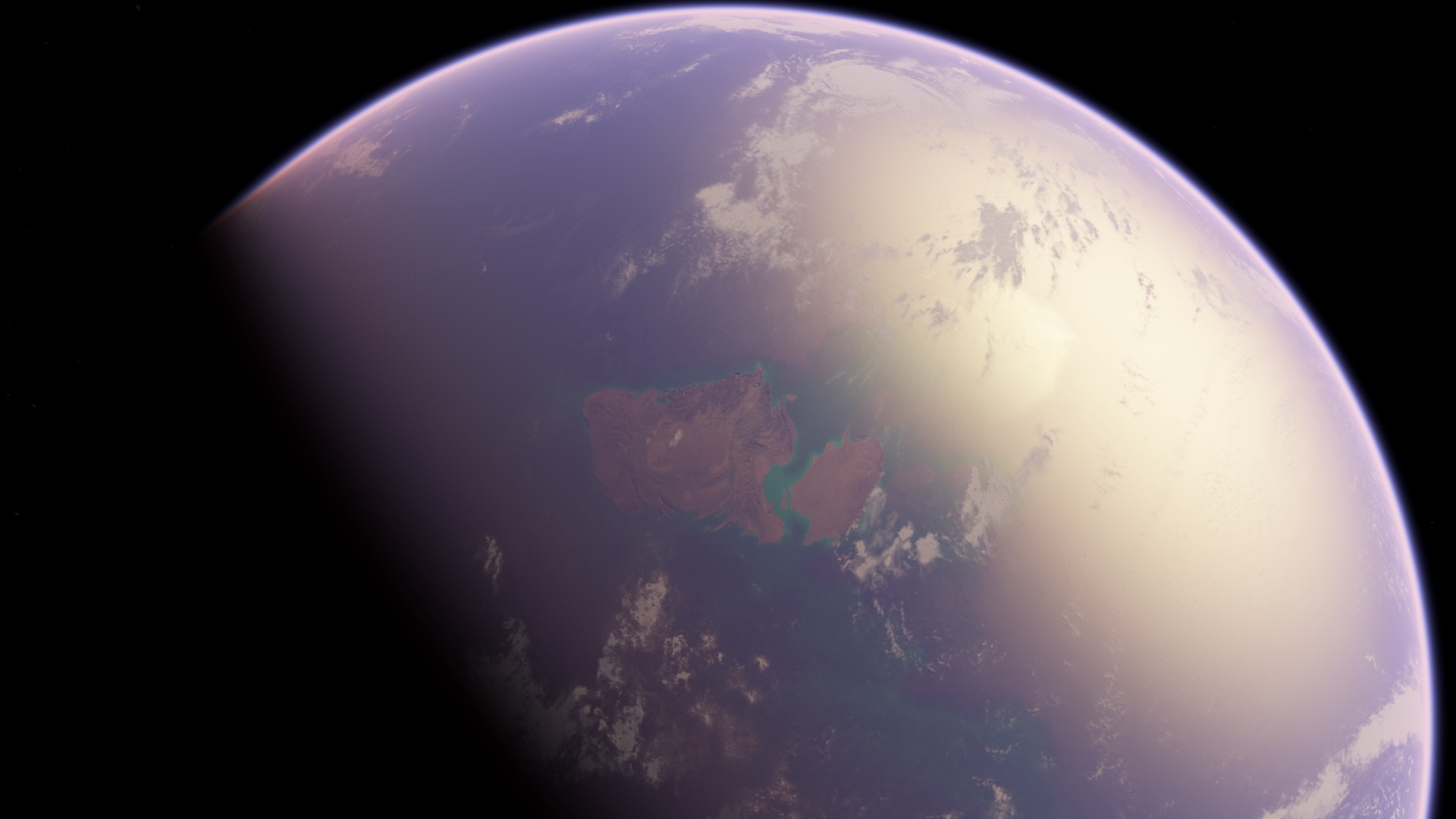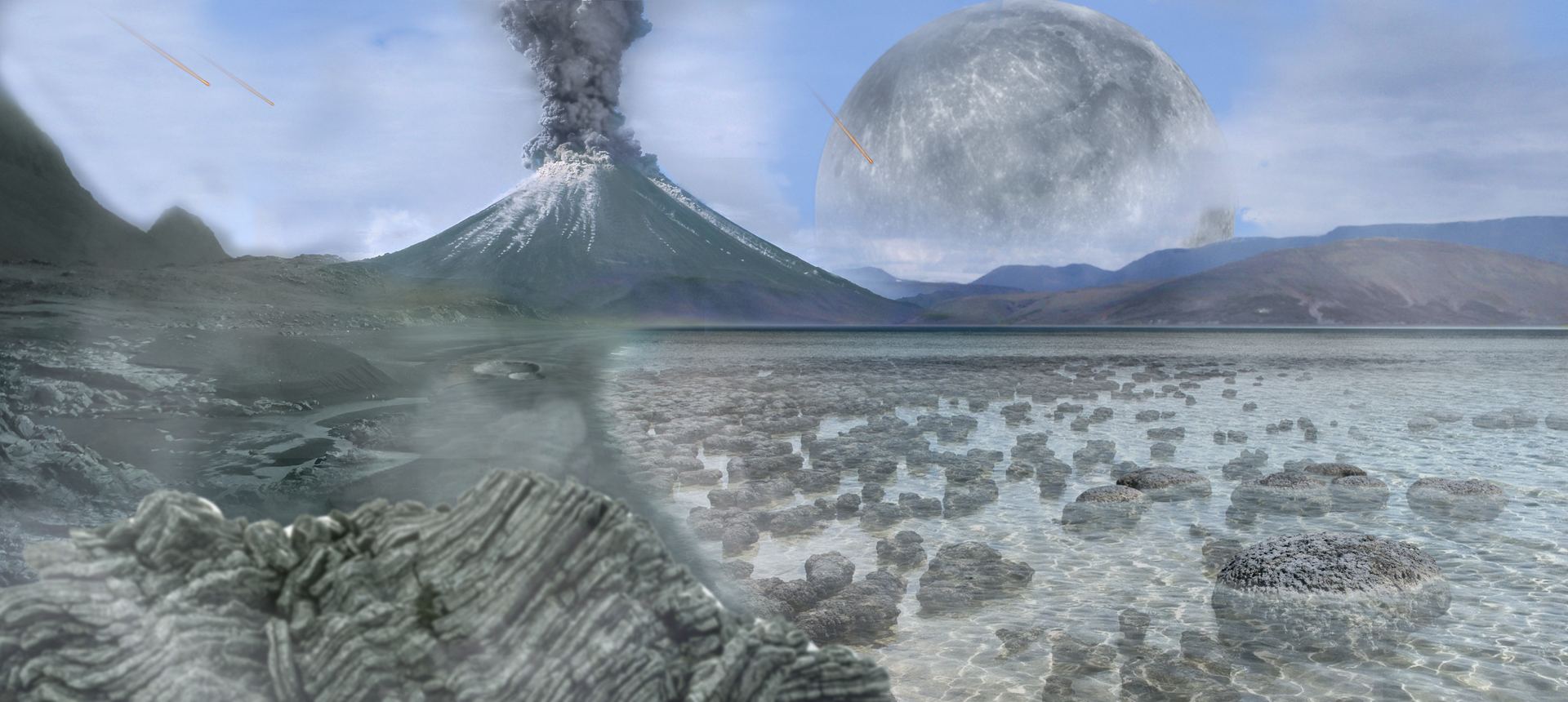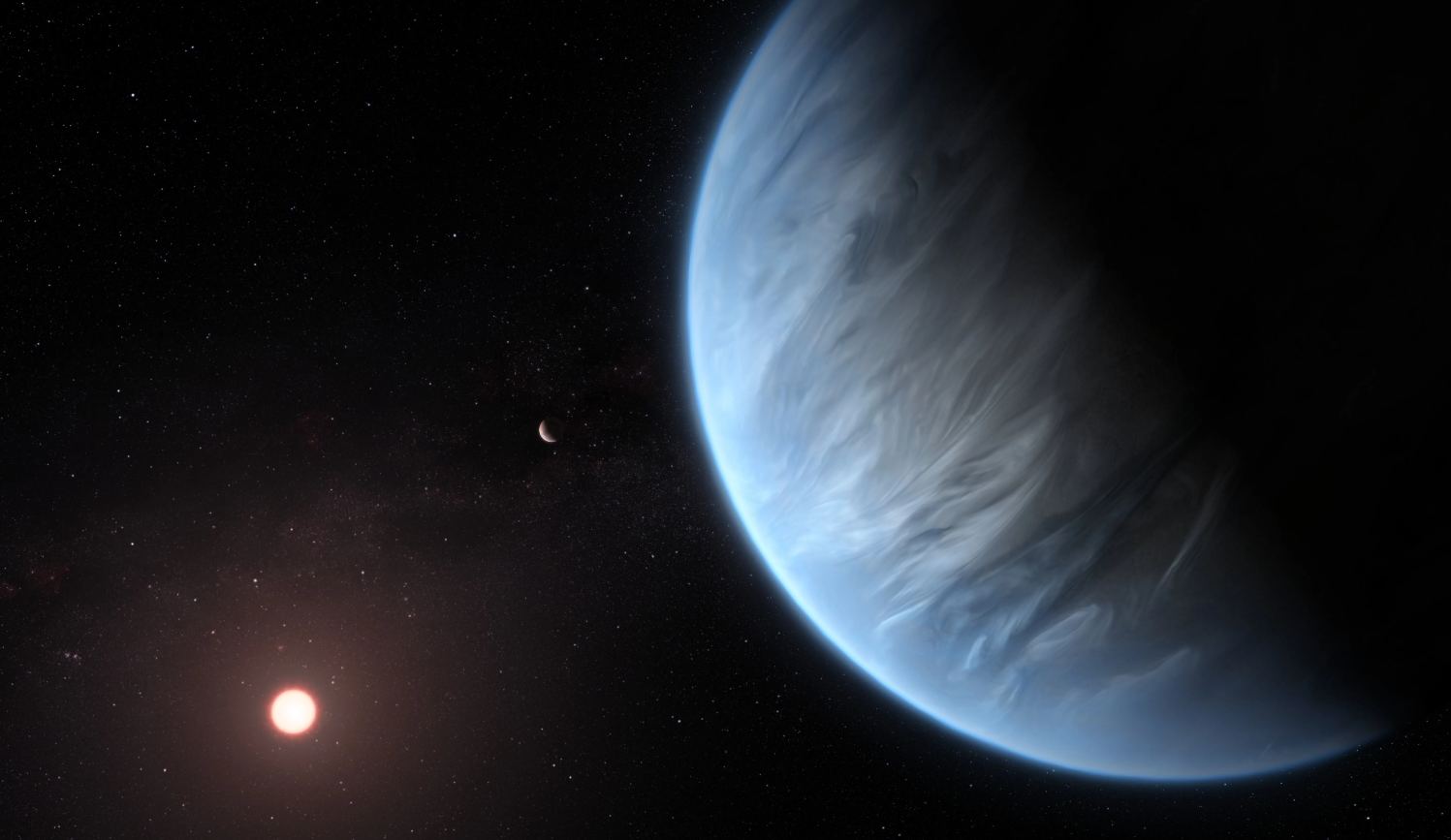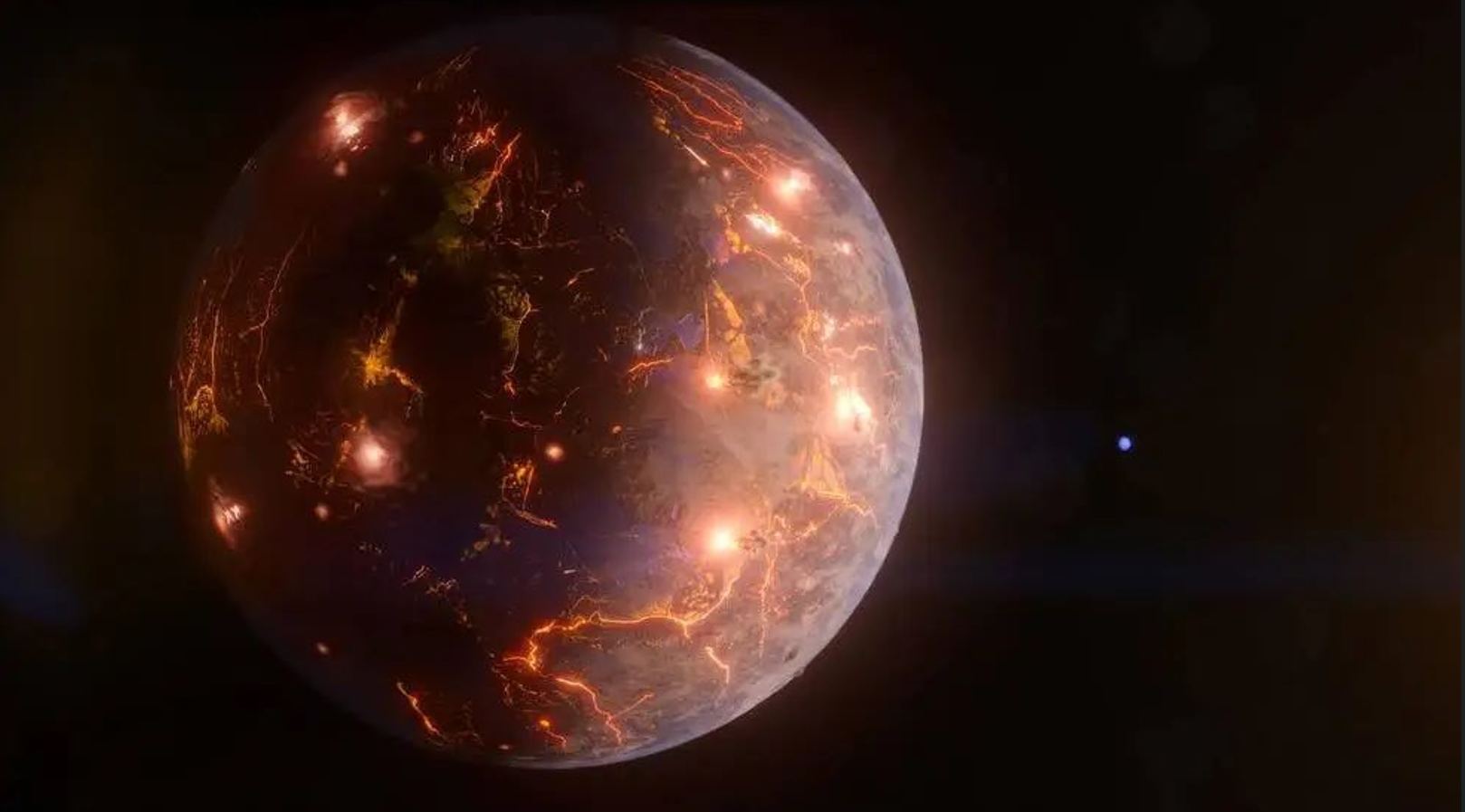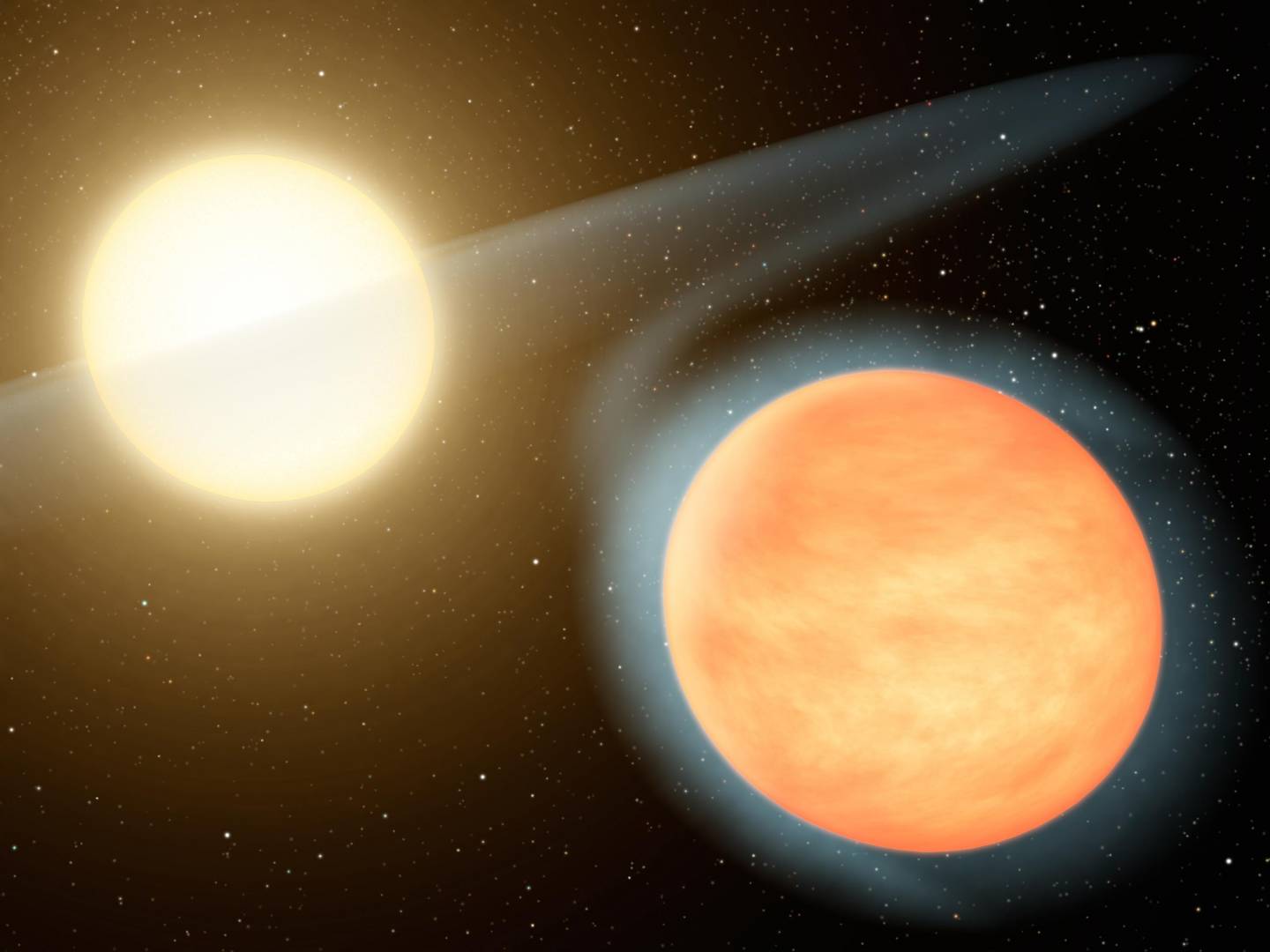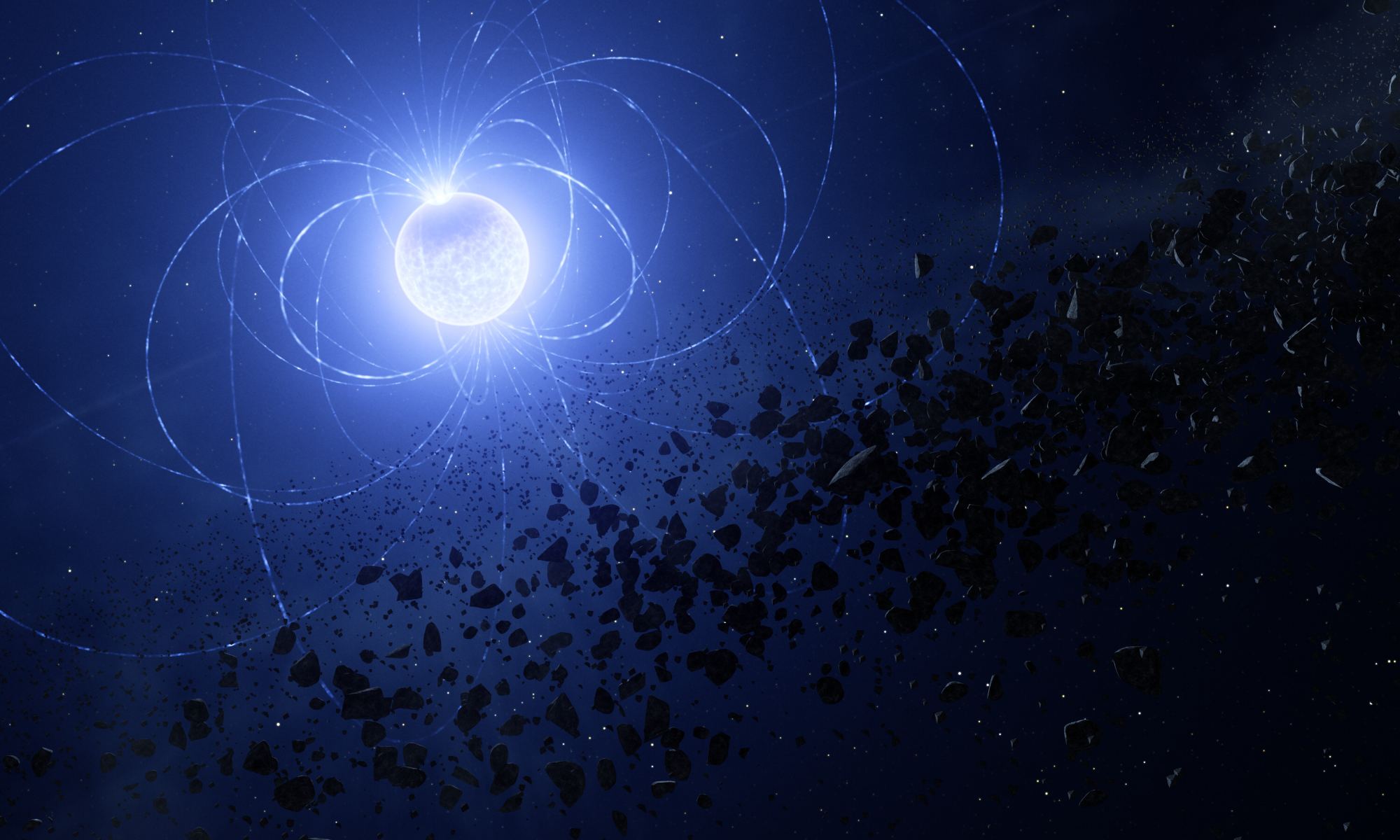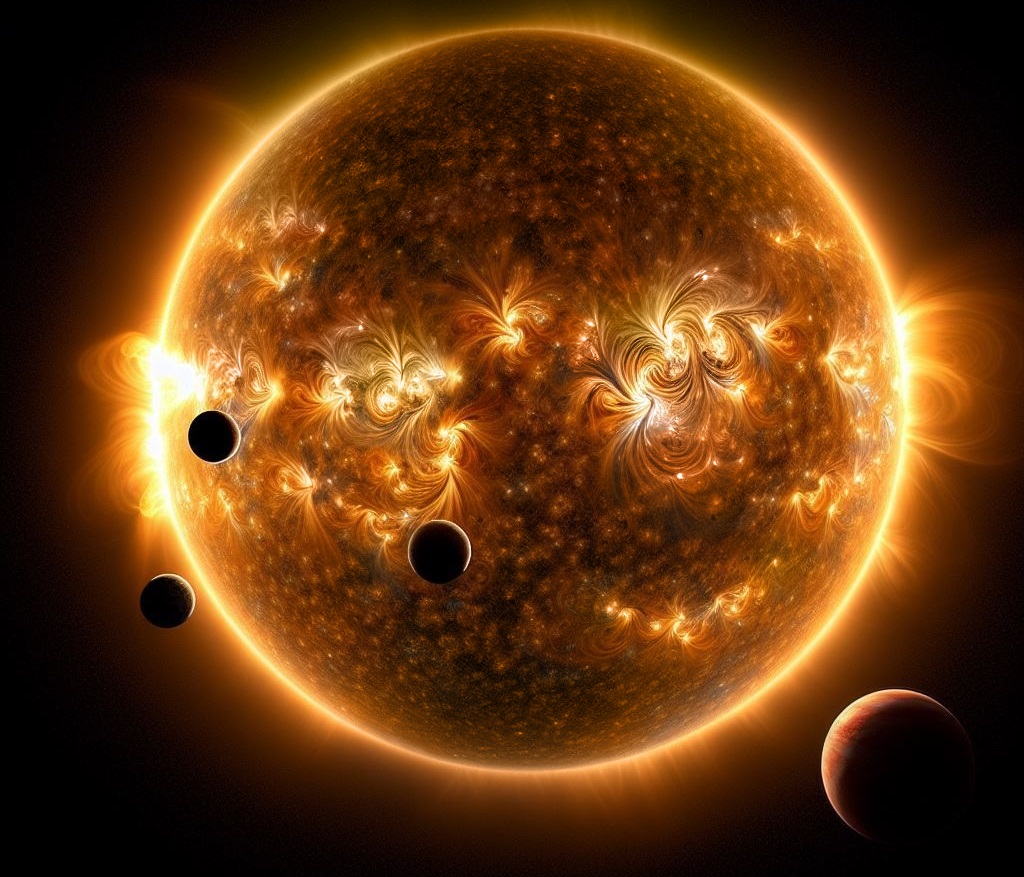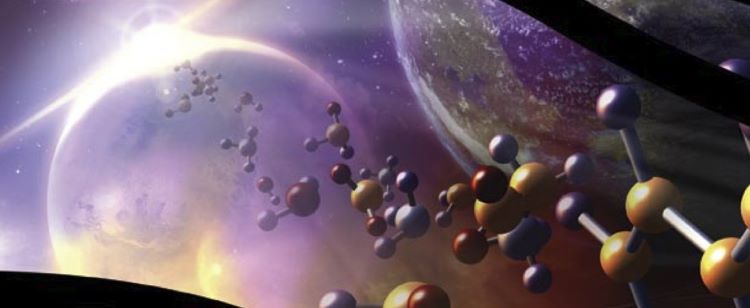Astrobiologists continue to work towards determining which biosignatures might be best to look for when searching for life on other worlds. The most common idea has been to search for evidence of plants that use the green pigment chlorophyll, like we have on Earth. However, a new paper suggests that bacteria with purple pigments could flourish under a broader range of environments than their green cousins. That means current and next-generation telescopes should be looking for the emissions of purple lifeforms.
“Purple bacteria can thrive under a wide range of conditions, making it one of the primary contenders for life that could dominate a variety of worlds,” said Lígia Fonseca Coelho, a postdoctoral associate at the Carl Sagan Institute (CSI) and first author of “Purple is the New Green: Biopigments and Spectra of Earth-like Purple Worlds,” published in the Monthly Notices of the Royal Astronomical Society: Letters.
Continue reading “Purple Bacteria — Not Green Plants — Might Be the Strongest Indication of Life”
